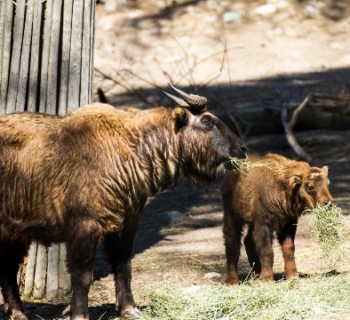Finnish culture
The inhabitants of the country of Suomi were amazingly able to preserve the cultural traditions of their ancestors dating back to the times of the domination of the pagans, and to combine them with dignity and harmoniously with Orthodox customs. The resulting cocktail can rightfully be called the culture of Finland, the main distinguishing features of which are restraint, good quality and solidity. However, these qualities are almost the main traits in the character of any Finn..
There is influence from outside
The culture of Finland was largely influenced by the customs and traditions of the neighboring Scandinavian countries, especially since their peoples have always had a lot in common with the Finns. The Scandinavian tribes worshiped the same gods, the weather conditions of the environment in which they lived were very similar, and therefore the holidays became similar, the cuisine was related, and the music and songs were equally restrained and smooth.
The proximity of Karelia gave the Finns the poetic epic "Kalevala", which they began to call Karelian-Finnish. The book is based on fifty runes - songs of the peoples of Karelia and Finland, collected and systematized by the Finnish linguist E. Lennrot. "Kalevala" strongly influenced the entire subsequent not only literary, but also the musical component of the culture of Finland. By the way, Finns are proud of their Nobel laureate in book writing, Frans Sillanpää.
Stone traditions
The architecture of Finland is formed, again, based on the peculiarities of life, the harsh nature, and difficult climatic conditions. Finnish dwellings are squat, sound and strong, they do not have any special decorations, they are built of stone and wood. Stone architecture came to the fore in the 12th century during the construction of temples. A vivid example of medieval church architecture that has survived - the ensemble near the Cathedral in Turku.
Having gained independence, the Finnish people began to carefully preserve and enhance their national traditions. This desire touched all areas of Finnish culture, and schools and workshops began to appear in the country, where anyone could learn wood carving or metal forging..
Culture also has a holiday
A special attitude to culture in Finland is expressed in the fact that the last day of winter is celebrated in the country especially. Seeing off the winter, the Finns also celebrate the Day of Kalevala, otherwise called the Day of Finnish Culture. In 1835, Elias Lennroth put his signature on February 28, sending the first edition of the famous epic to print..


